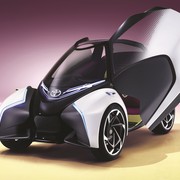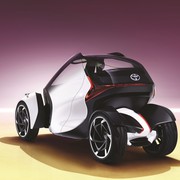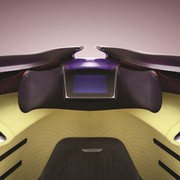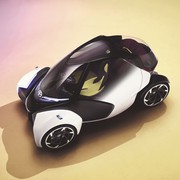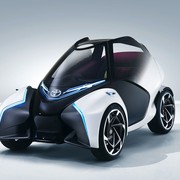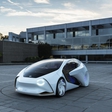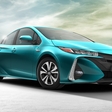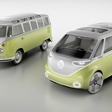
It may be difficult for us to envision life in 2030, but thirteen years from now the Geneva Motor Show could already feature Toyota's production model of the i-TRIL Concept Car, the Japanese vision on urban mobility of the future.
The concept, developed by Toyota Motors Europe (TME) in collaboration with the company's ED² design studio in Nice, could be a worthy substitute for A and B segment cars, other EV products, public transport and various motorcycles. It was created with Toyota's Waku Doki (a Japanese term translating as 'Beat of the Heart') philosophy to demonstrate that future EVs can indeed set the pulse racing.
The i-TRIL was developed with a special customer in mind: an active and sophisticated, single, 30-50 year old female with two children and a vibrant lifestyle, dwelling in a SMESTO (Small to Medium Sized TOwn). Studies suggest that vast metropolitan areas (like London or Paris) will not be expanding as much in the future as the suburban, built-up areas adjacent to existing cities. Many SMESTO's already exist in Europe, with their inhabitants constantly traveling to work, school, shops and other places. Being always on the go, a small, agile and urban-friendly vehicle would be a very welcome solution.
The 600 kg Toyota i-TRIL with some 2,830 mm in length and 1,460 mm in heighth, 1,200 mm front and 600 mm rear track widths and an electric motor fits that description to a T. There is a hinge between the rear axle and cabin allowing the vehicle body and front tyres to lean whilst the motorised rear tyres remain perpendicular to the road surface at all times. The cabin has its very own character as well – the driver is seated in the center position in front of two passengers, so everyone can enjoy enough comfort and have plenty of personal space.
The new Toyota, with an estimated driving range of more than 200 km between charges, operates autonomously, but it can also be driven by the drivers themselves – purely electrically, without using any pedals, only via projection screen and voice commands.
